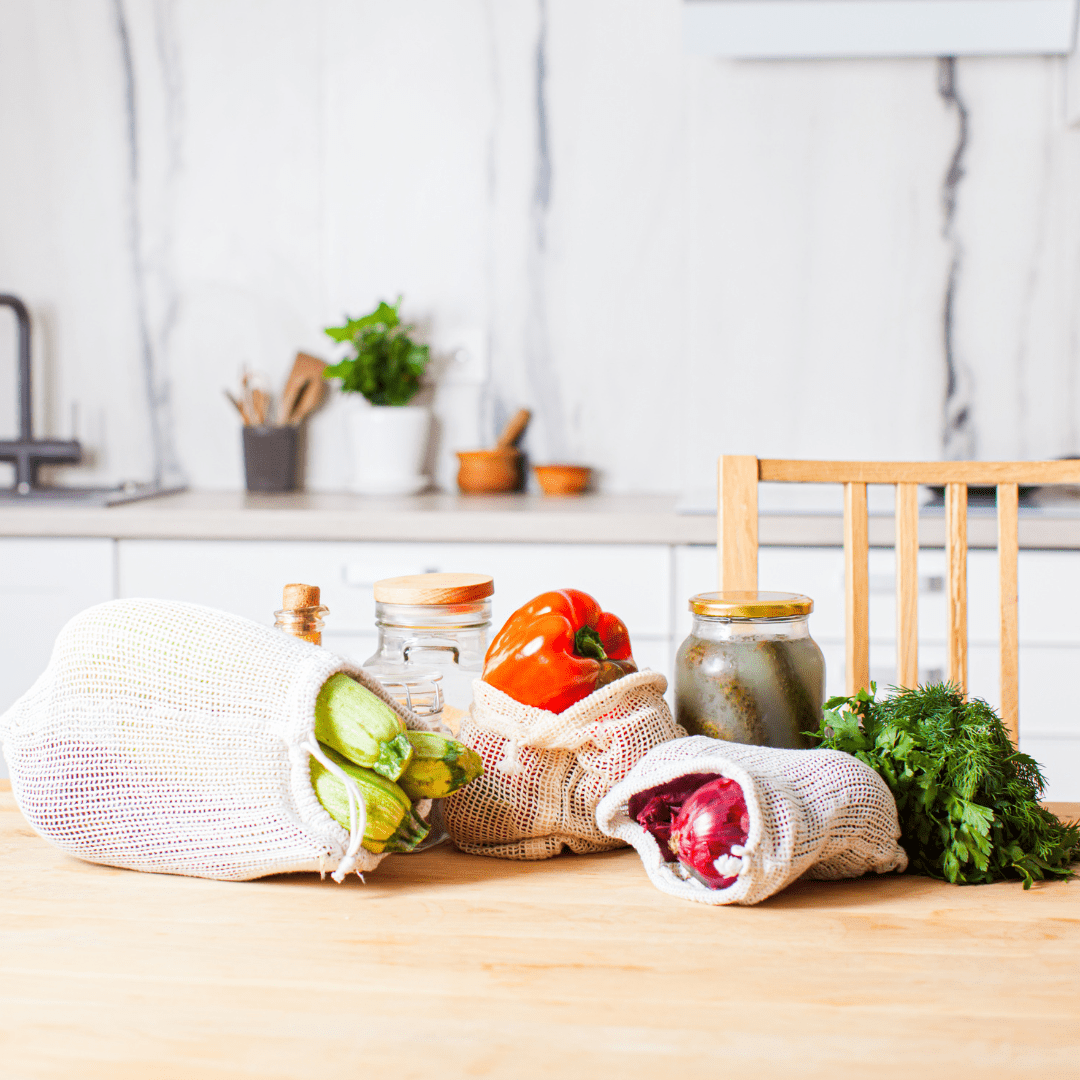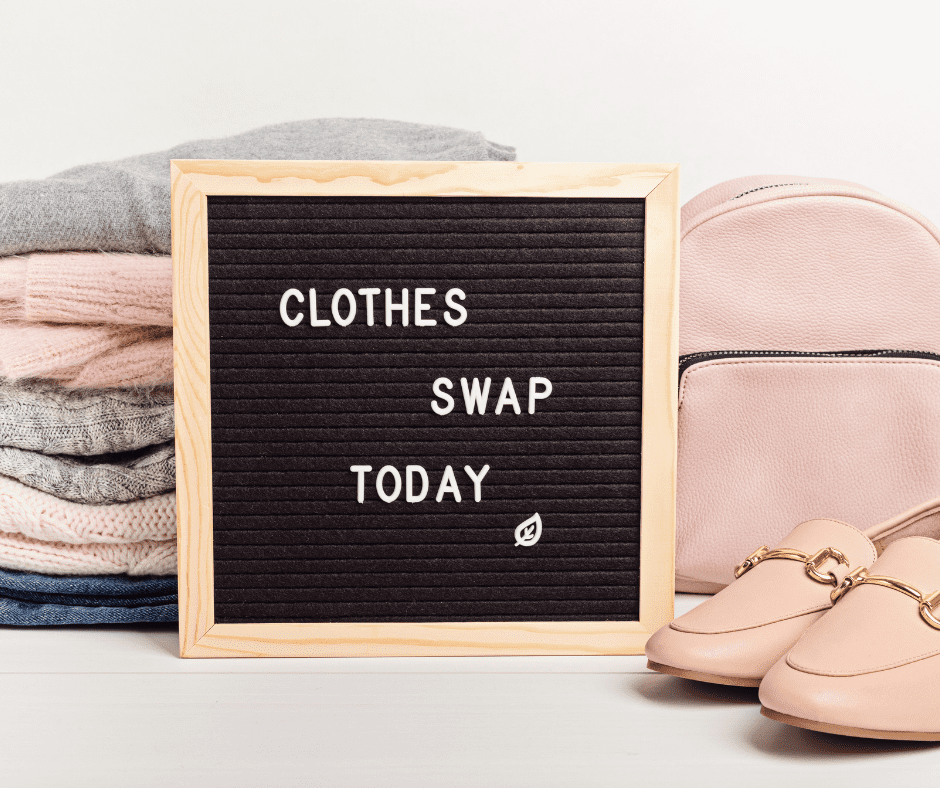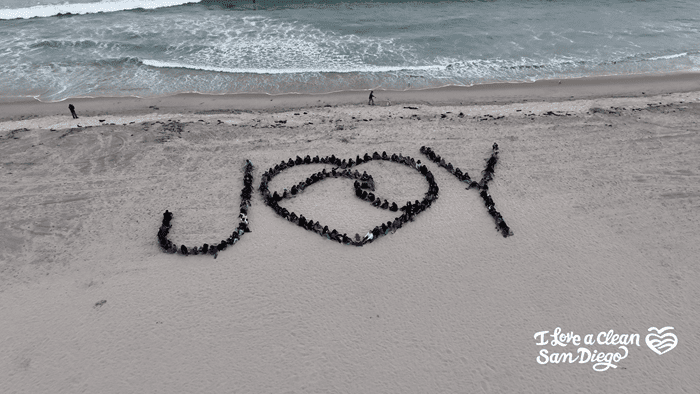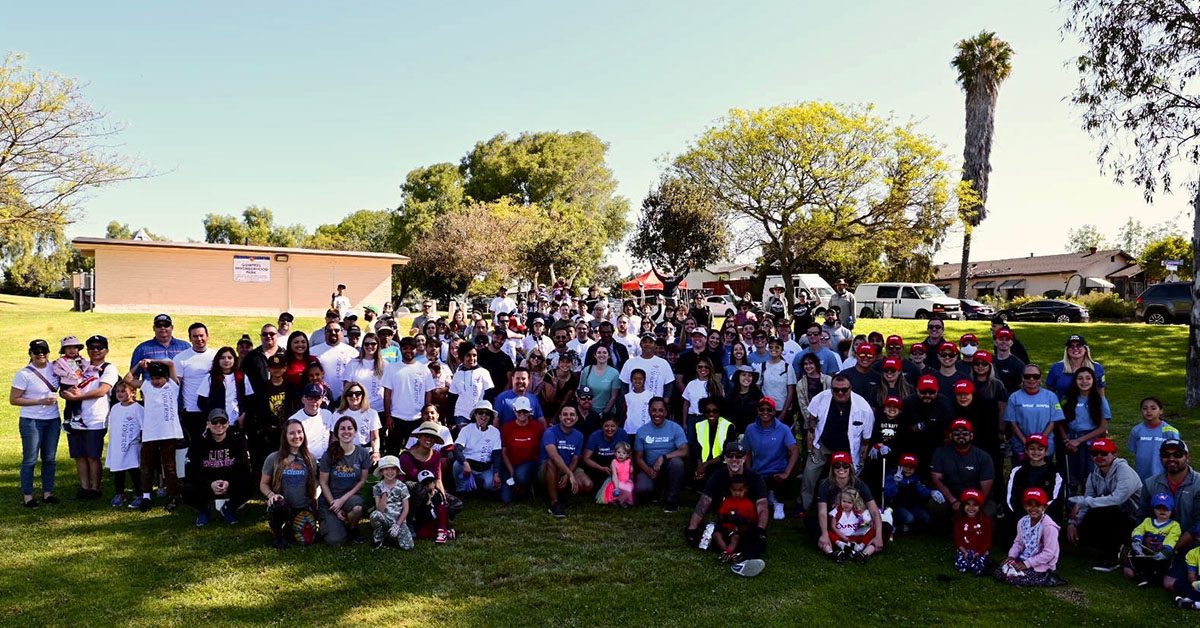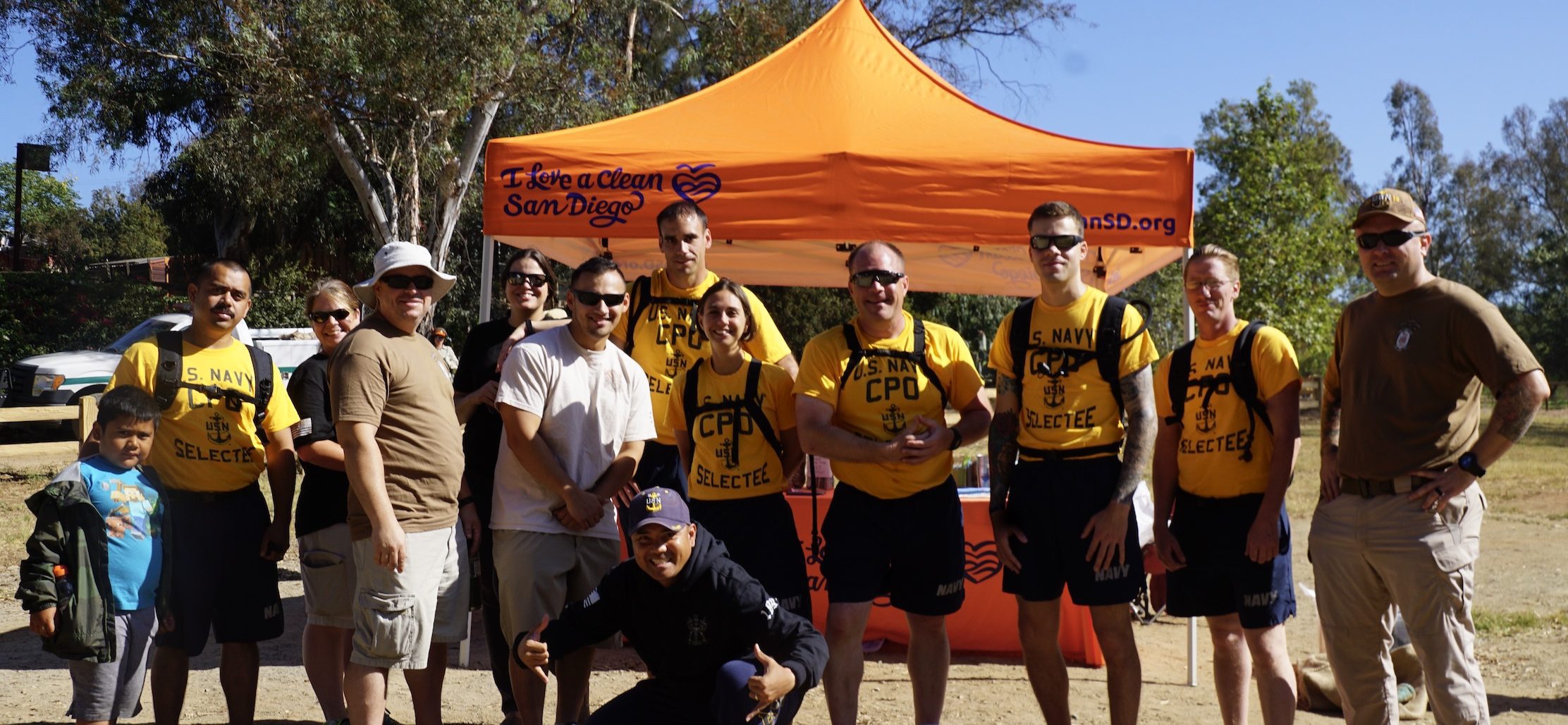International Coastal Cleanup Day 2022: San Diego County’s Largest Environmental Cleanup Returns In-Person on September 17
Online volunteer registration with cleanup sites across the county opens September 1, 2022 at CleanupDay.org.
SAN DIEGO COUNTY (September 1, 2022) – International Coastal Cleanup Day returns to San Diego County for its 38th edition on Saturday, September 17, 2022. I Love A Clean San Diego (ILACSD) is the San Diego host for the international coastal cleanup and will be joining many U.S. states, territories, and more than 90 countries across the world. From 9 a.m. to 12 p.m., San Diego County volunteers will join nearly one million volunteers worldwide in the removal of pollution from our connected ecosystems. Volunteers of all ages and across the region are invited to register beginning on September 1. Learn more at the official San Diego Coastal Cleanup Day website CleanupDay.org.
This year’s edition of Coastal Cleanup Day will include close to 70 cleanup sites located throughout the county at both inland and coastal areas. Inland community participation is especially encouraged as nearly 80 percent of all marine debris originates in these areas. Last year, over 2,470 volunteers came together at over 100 sites throughout the region.
“This is easily the biggest coastal cleanup of the year with thousands of San Diego County residents working collaboratively to help preserve and protect the place we all call home,” said Steve Morris, Executive Director at I Love A Clean San Diego. “By proactively removing trash and other debris through major cleanups like this, we can prevent pollution from entering our storm water systems and flowing untreated into local waterways and the ocean.”
Produced by I Love A Clean San Diego for the region, and in cooperation with the California Coastal Commission, Ocean Conservancy, and Think Blue, the event has hosted over 269,000 volunteers countywide who have removed over 5.4 million pounds of litter and debris from local communities since its inception in 1985. In addition to removing litter, volunteers will compile litter totals from their site to capture the impact in San Diego and contribute to the worldwide total.
Think Blue San Diego is a longtime partner of I Love A Clean San Diego and presenting sponsor of Coastal Cleanup Day in San Diego. As the public outreach and educational arm of the city of San Diego’s Stormwater Department, Think Blue’s mission is directly aligned with Coastal Cleanup Day to protect the city’s waterways from litter and pollution, and ensure clean water and clean beaches.
“San Diego is defined by the natural beauty of its beaches and coastal waters, and keeping those precious resources clean, safe and healthy is a passion that Think Blue and I Love A Clean San Diego share,” said Bethany Bezak, Interim Director of the City of San Diego’s Stormwater Department. “Collaborative cleanups like this help beautify our region, and they also serve as a reminder that we can all ‘Think Blue’ by taking simple actions every day – from picking up pet waste to not overwatering lawns – that will improve the quality of life for everyone around us.”
To help expand the countywide experience, volunteers are encouraged to contribute to the cleanup’s impact through Facebook and Instagram by sharing images and videos showing themselves in action as they beautify their community. #ILoveACleanSD @ILoveACleanSD #CCD2022
Top 10 Items Collected Around the World on Coastal Cleanup Day 2021
- Cigarette Butts 964,521
- Plastic Beverage Bottles 627,014
- Food Wrappers (candy, chips, etc.) 573,534
- Clean Swell (clothing, metal pieces, etc.) 519,438
- Plastic Bottle Caps 409,855
- Plastic Grocery Bags 272,399
- Straws, Stirrers 224,170
- Plastic Take Out/Away Containers 222,289
- Beverage Cans 162,750
- Glass Beverage Bottles 146,255
Source: OceanConservancy.org
Supporting partners of Coastal Cleanup Day
Think Blue, County of San Diego and its Watershed Protection Program, San Diego Gas & Electric, Bank of America, Cox Communications, Northrop Grumman, The Bumble Bee Seafood Company, 22nd District Agricultural Association, Illumina, Project Clean Water, Sempra, Wells Fargo, Wheelhouse Credit Union, CBS News 8, City of La Mesa, City of Imperial Beach, San Diego Regional Airport Authority, Sycuan, California Coastal Commission, and Ocean Conservancy.
About Coastal Cleanup Day
I Love A Clean San Diego has been the official organizer of Coastal Cleanup Day in San Diego County since it was founded in 1985. The event is a major part of International Coastal Cleanup Day and includes many U.S. states and territories, and over 90 countries. Each year the event attracts nearly one million volunteers globally and about 6,000 throughout San Diego County who prevent ocean pollution from our connected ecosystems. International Coastal Cleanup was founded by the Ocean Conservancy and is coordinated in California by the California Coastal Commission.
About I Love A Clean San Diego County
Founded in 1954, I Love A Clean San Diego is an environmental nonprofit supporting residents and businesses of San Diego County through youth and adult education, and local action through impactful volunteer events and workshops. As San Diego’s most influential advocate for sustainability, I Love A Clean San Diego’s programs are an environmental catalyst, awakening passion and inspiring action to empower everyone to be leaders in conservation and waste-free living. Our community is passion in action to maintain and improve the health of the home we love. For more information, to volunteer or donate, visit CleanSD.org or call (619) 291-0103. Connect with us on Facebook, Twitter, Instagram and LinkedIn


